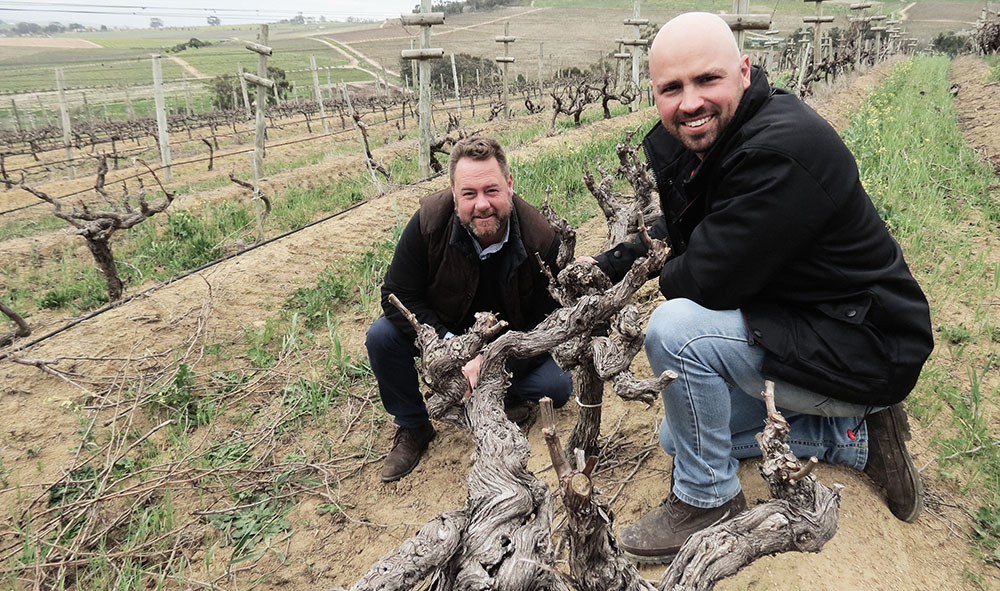In 2016, generous funding from Antonij Rupert Wines’ Johann Rupert — part of a family that has hundreds of years of history on the Cape — propelled the project to the next level, and formalized the Old Vine Project (OVP). This not-for-profit, public-benefit organization has allowed Kruger to continue searching out old sites. It has also seen the development of the OVP certification system, in effect from the 2017 vintage, and classifying vine heritage as over 35 years of age. In order to achieve certification, vineyards must be farmed sustainably and holistically, with low intervention in the cellars encouraged. The guidelines stipulate that “Wines made from old vineyards should be given the chance to reflect their specific terroir.”
The funding has also allowed Kruger to be joined by two respected and well-known figures in South African wine, who have been tasked with managing and steering the program. Viticultural consultant Jaco Engelbrecht is on board to work with growers to restore old vineyards, and assist with increasing yields and productivity through proper viticultural techniques, one of the reasons the sites were abandoned in the first place. Old vineyards have to be economically viable for the grower, and the winemakers using them. The team has also been bolstered by André Morgenthal, a long-time WOSA ambassador, who has come on board as communications manager to spread the word internationally and encourage growers to “plant to get old.”
According to Morgenthal, one hectare of old vines costs about ZAR45,000 ($4,300 CAD) to work, yielding an average of three tons. To be financially viable the grower requires approximately ZAR15,000/ton ($1,433 CDN), though most are paid only about ZAR4,000/ton ($380 CAD). Naturally, many growers choose to scrub up old vines because they aren’t financially lucrative.
It is the hopes of the OVP that through education and promoting good viticultural practices, and connecting growers with vintners who appreciate the value of these old vines for their wines, they can affect positive growth on both sides. The OVP will also promote the wines and growers through international tastings for media, trade and consumers. The more demand there is for these wines, the more lucrative it will be for the growers who tend these old vines.
There are currently eight wineries registered with the project, and hope that more will sign on soon. Winemakers pay an annual fee of ZAR5,000, and growers ZAR1,500, to be a member.

